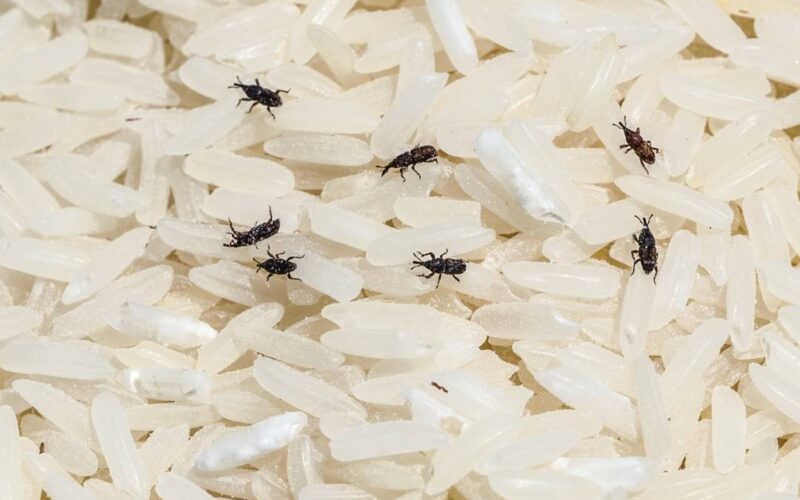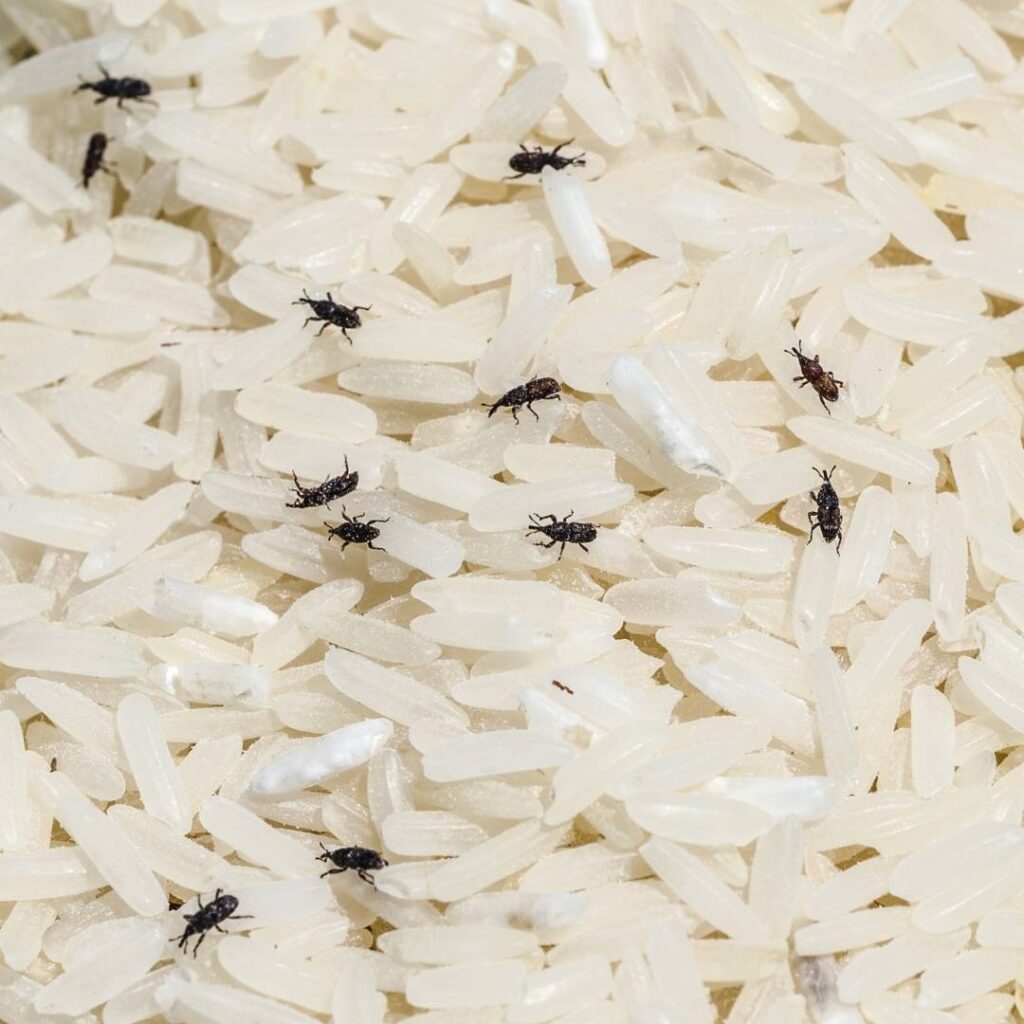
Table of Contents
Ever opened a bag of rice, ready to cook, only to spot tiny insects crawling inside? Those pantry invaders are rice weevils, and they spread quickly to other grains if left unchecked. Homeowners everywhere battle these pests, and once they settle in, removal feels impossible.
The good news? You don’t have to give up your pantry to weevils. We will walk you through 5 effective ways to get rid of rice weevils and safeguard your dry goods. From early detection to long-term prevention, these steps will help you take back control and keep your peace of mind.
What Are Rice Weevils and Why Do They Matter?
Rice weevils (Sitophilus oryzae) are tiny beetles, usually about 2–3 mm long, that infest stored grains such as rice, wheat, maize, and even pasta. Homeowners often notice them when small, dark-coloured insects begin crawling in rice or when grains appear to have tiny holes.
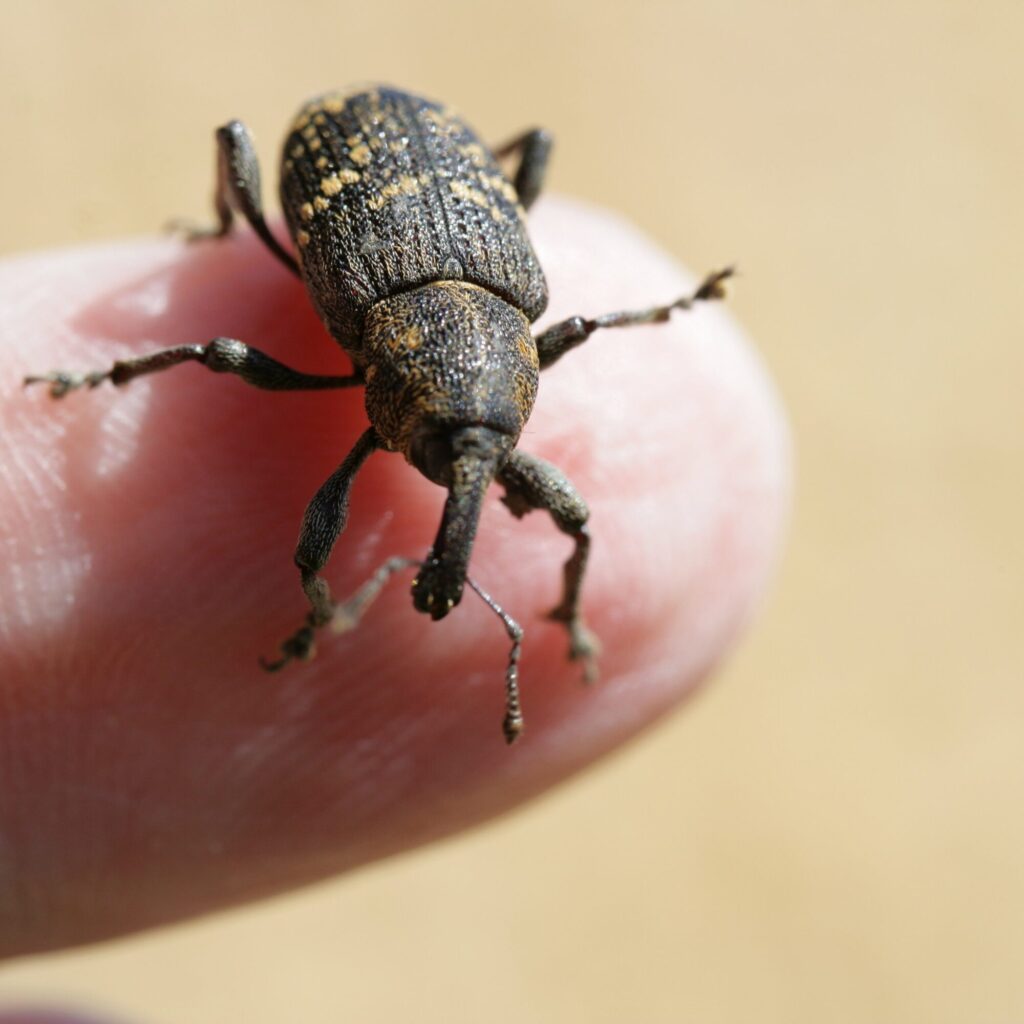
Rice weevils love warm, humid spaces, which makes your pantry the perfect home for them. Most people bring them in unknowingly through infested food bought at the store or market. From there, they spread fast to other grains, especially if food is left in open or loosely sealed packaging.
What makes weevils tricky is their life cycle—they multiply inside the grain itself. An egg turns into a larva that eats the kernel, pupates, and finally emerges as a beetle. Since one female can lay hundreds in a month, an infestation can feel like it came out of nowhere.
Unlike field pests such as the rice water weevil that harm crops outdoors, rice weevils thrive indoors. They don’t bite or spread disease, but they ruin food, making cereal, flour, or pasta unsafe to eat. What starts as a single spoiled bag can quickly become a kitchen-wide problem, leaving you frustrated
Understanding why rice weevils appear is the first step to controlling them. Knowing how they enter and multiply helps homeowners take the right preventive actions, which we’ll cover in the following steps.
Step 1: Identify and Inspect Food
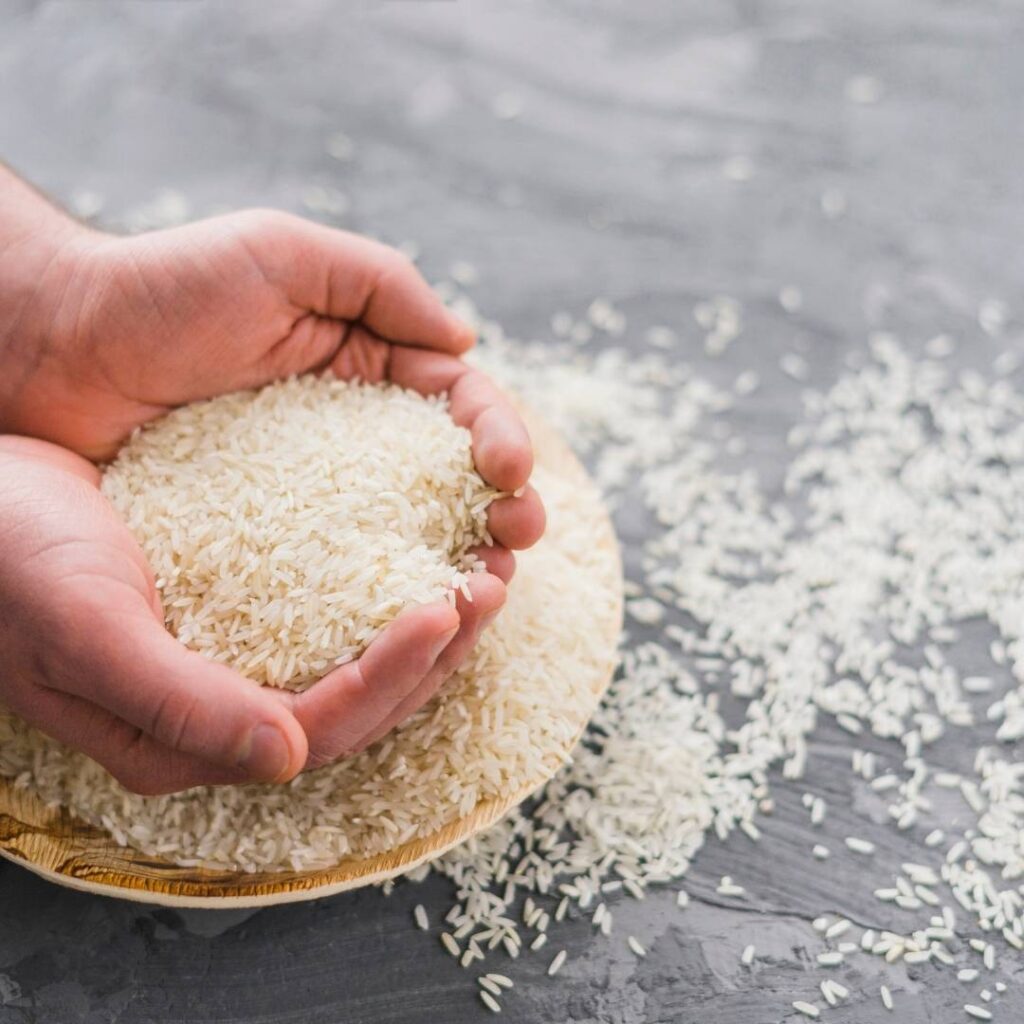
To deal with rice weevils, you need to know how to spot them early. People only notice them once they see them crawling inside the rice. These pests however can go unnoticed for weeks, because they lay eggs inside rice kernels, and their larvae develop hidden from view.
Regular inspection is therefore very essential. To protect your pantry, carefully inspect rice, flour, pasta, and other dry foods at least once a month. Look for signs such as tiny holes in grains, clumps of powdery residue, or live insects moving around.
Since rice weevils can spread from one product to another, it is important to examine every package—not just the rice. If you suspect an infestation, separate the affected items right away. Place questionable grains in a sealed bag.
Keep the sealed bag away from your main pantry until you confirm whether they are infested. By identifying rice weevils early, homeowners can prevent the pests from spreading further and avoid significant food waste.
Step 2: Remove and Discard Infested Grains
Once rice weevils or grains with holes are detected in the questionable grains you kept away, the safest approach is to discard food immediately. Seal them in plastic bags and place them in an outdoor trash bin to prevent the pests from escaping back into your home.
For items that show minimal signs of rice weevils, you can attempt to salvage them. One effective method is to place the grains in the freezer for three to four days, which kills both adult insects and hidden eggs.
It is crucial to only keep food you are confident is safe. Trying to save everything can risk reintroducing rice weevils into your pantry. Removing contaminated food quickly and responsibly stops weevils from spreading further and lay the foundation for a pest-free kitchen.
Once infested items are out of the way, the next important step is to deep clean and treat your pantry to eliminate any remaining traces of the insects.
Step 3: Deep Clean and Treat the Pantry

After discarding infested food, homeowners must thoroughly clean the pantry to ensure no rice weevils remain. These pests are small and persistent, often hiding in cracks, corners, or under packaging.
Start by emptying all shelves completely, even if items appear unaffected. Vacuum every surface, focusing on joints and edges where rice weevils or their eggs may linger. Once finished, dispose of the vacuum bag outdoors to prevent reinfestation.
Next, wipe down all shelves with warm, soapy water or a vinegar solution. This not only removes any food particles that attract rice weevils but also disrupts their environment. Allow the area to dry fully before restocking.
For extra protection, homeowners can place natural deterrents like bay leaves, cloves, or neem leaves in pantry corners—these act as gentle repellents against rice weevils without introducing chemicals near food.
Finally, inspect storage bins, jars, and containers before returning them to the pantry. Even a few overlooked grains can harbor hidden rice weevil eggs. A clean pantry creates a hostile environment for pests and is the foundation for long-term prevention.
Once your pantry is sanitized, you can move on to proven methods that eliminate rice weevils completely.
Step 4: Use Proven Elimination Methods
Apart from cleaning, one of the most effective approaches is the freezing method. Place rice or other dry goods in sealed bags and store them in the freezer for three to four days. The cold kills both adult rice weevils and unhatched eggs, making this a safe and reliable solution.
Another option is the heating method. Lightly warm grains in the oven at a safe food temperature (around 120°F for 15–20 minutes) to destroy hidden larvae without damaging the food. Sun-drying the grain will also drive weevils out naturally, reduce moisture, and make the environment less attractive to pests.
Step 5: Store and Prevent Future Infestations
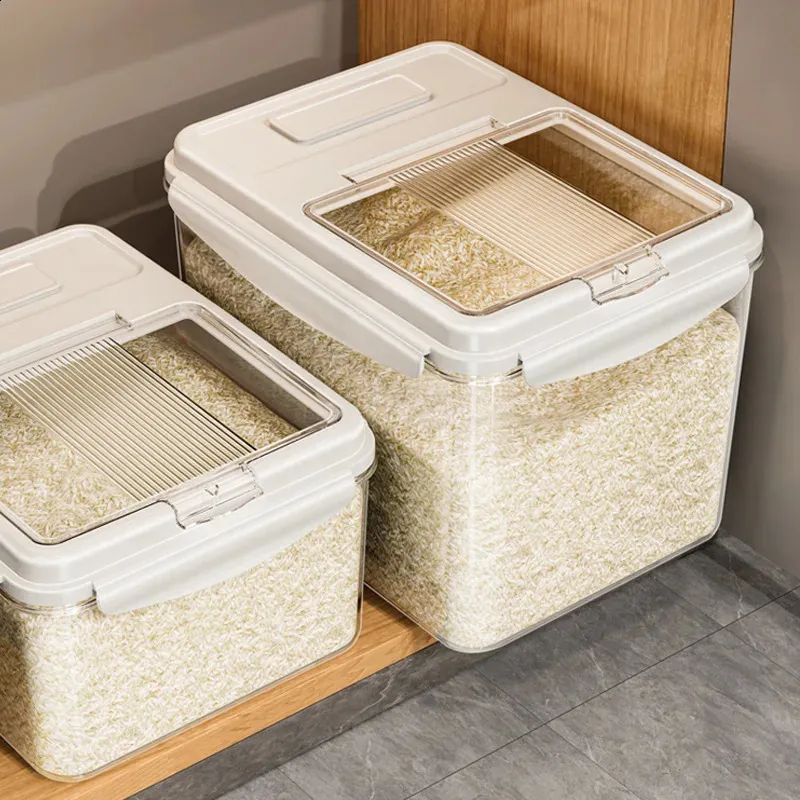
Eliminating rice weevils is important, but prevention is what truly keeps your pantry protected long-term. Always store grains in airtight containers after treatment. Glass jars, metal tins, or heavy-duty plastic containers with tight-fitting lids to block access and preserve freshness.
Buy grains in smaller quantities that can be consumed quickly. Rice weevils multiply rapidly, and storing large amounts for too long increases the risk of infestation. Along with this, practice a first in, first out rotation system—always use older grains before opening newer ones.
Maintain the right pantry environment. Rice weevils thrive in warmth and humidity, so keeping your pantry cool, dry, and well-ventilated discourages their growth.
Finally, conduct regular pantry checks and inspect food every few weeks to catch any early signs of rice weevils before they spread.
By combining smart storage habits with consistent monitoring, you create a long-term defence that keeps rice weevils out of your pantry for good.
Bonus Tip: When to Call Professionals for Rice Weevils

While most homeowners can tackle rice weevils using the five steps outlined above, some infestations may require professional intervention.
If rice weevils keep returning despite thorough cleaning, proper storage, and regular inspections, it may indicate a deeper problem hidden in cracks, cupboards, or other hard-to-reach areas.
Professional pest control services have the expertise and tools to eliminate rice weevils completely. They can target both adult insects and hidden eggs, ensuring the infestation does not spread to other grains or pantry items. For persistent cases, seeking expert help saves time, reduces food waste, and provides peace of mind that your pantry will remain pest-free.
Conclusion
Rice weevils may be small, but the frustration they bring to homeowners is undeniable. The good news is that with the right combination of immediate action, proper cleaning, and consistent prevention, you can protect your pantry and keep your food safe.
And if the problem becomes too persistent, professional help is always an option. Want more practical tips to keep your home pest-free? Subscribe to our blog and stay updated with expert advice designed to make your household healthier, safer, and more comfortable.
